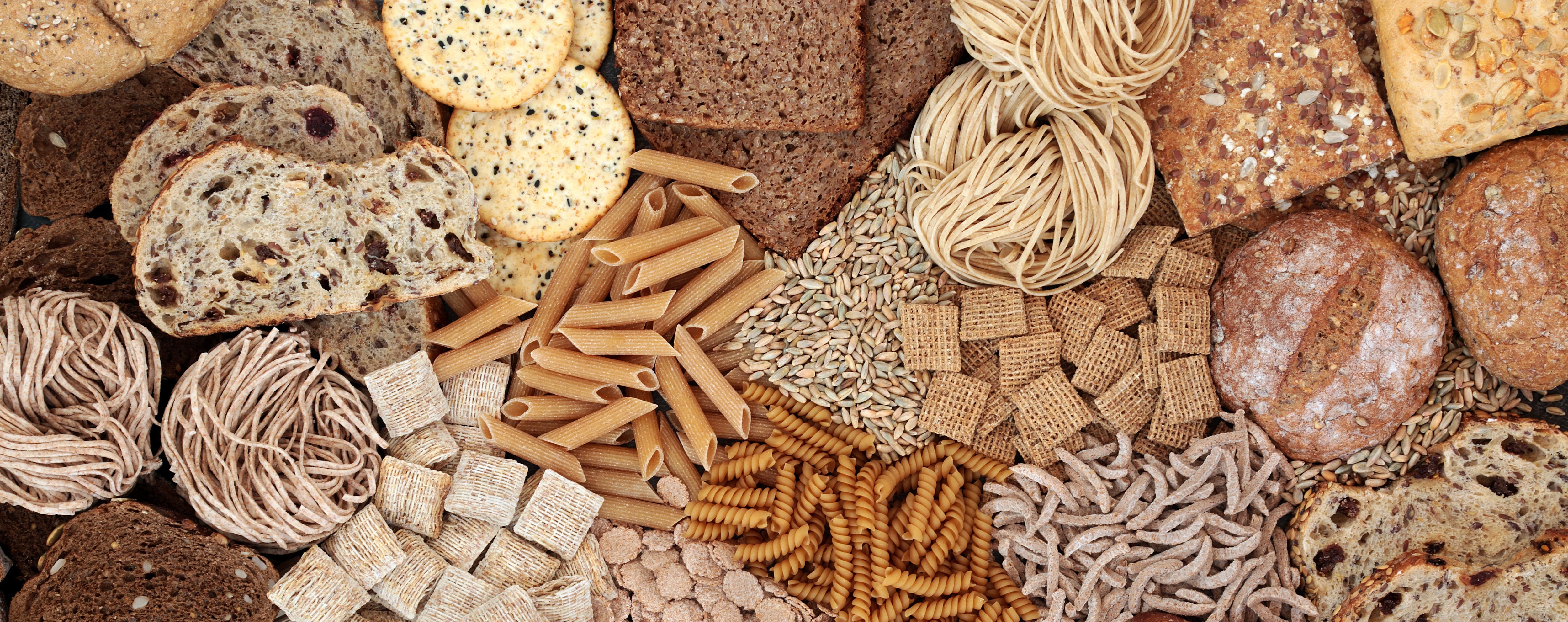Protein- and fiber-enriched breads, cereals, and snacks are increasingly appearing on shelves, reflecting growing consumer demand for improved nutritional value.
Consumers are seeking natural, high-quality ingredients in bread and snacks, with a specific focus on health claims like added fiber to support digestive health and reduced sugar/calories to help manage energy intake. Globally, nearly six in ten consumers read food labels, with health-related claims and natural ingredients topping the list of priorities.¹
Despite demand for enhanced nutritional value, consumers are not willing to compromise on taste or price, with 78% citing price and 70% citing taste as top attributes influencing purchasing decisions.¹ This creates a compelling challenge – and opportunity – for manufacturers to deliver products that are not only nutritious but also delicious and affordable, meeting evolving consumer expectations.
For manufacturers, plant proteins can be expensive due to high extraction costs and specialized processing required for high-quality ingredients. These challenges are often compounded by issues in flavor, texture, and processing, further increasing costs.
Many plant proteins carry distinct flavor profiles that can overwhelm delicate bakery formulations, often introducing beany, earthy, or bitter notes. The more protein added, the stronger these less desirable off-notes can become. Despite these challenges, protein provides important functional benefits in bread and snacks, including nutritional enrichment, support for satiety, and potential contributions to product texture and structure, making it a valuable, if technically demanding, ingredient for formulators.
High-fiber formulations pose comparable challenges in bread and snacks. Excessive fiber can lead to bitterness, color changes, and altered flavor profiles, while also affecting texture and mouthfeel. Consumers often perceive fiber-rich breads and snacks as coarse, dry, or unpleasant in taste.²
Beyond sensory effects, high fiber can impact dough handling, water retention, and final product volume, making it more difficult to achieve consistent texture and structure. Despite these challenges, fiber provides important functional benefits in bread and snacks, including improved satiety, support for digestive health, and potential contributions to healthy blood cholesterol and glycemic response, making it a valuable but technically demanding ingredient for formulators.
To address these challenges, exploring alternative raw ingredients beyond the traditional market can be highly beneficial. How can barley protein, a cost-effective ancient grain, be leveraged to innovate and differentiate bakery and snacks portfolios?
Innovating the plant protein market – why barley protein?
Barley is a time-tested ancient grain which has been part of the human diet for millennia. Its wholesome, minimally processed image and status as one of the world’s oldest cultivated grains make it an ideal foundation for modern clean-label innovation. Yet, despite its benefits, barley is still widely underused in the food industry.
From a sustainability perspective, barley is a resilient crop that thrives in diverse climates and soil types, requires less water and fertilizer than many staples, and contributes to soil health and ecosystem balance when used in crop rotation. These attributes make barley a practical and environmentally responsible solution for modern food production.
Beyond its sustainability credentials, barley is a well-known and trusted source of protein, fiber, and essential micronutrients, providing benefits such as support for digestive health, satiety, and healthy blood sugar and cholesterol levels. Its familiar wholegrain image resonates with consumers seeking nutritious, clean-label ingredients in breads, snacks, cereals, and other grain-based products.
The momentum of barley in food innovation is reinforced by grain-to-grain logic: bread, pasta and cereal products are naturally grain-based. As a grain-based protein and fiber source, barley contributes mild toasted cereal notes, appealing texture, and functional versality, making it an excellent natural fit for bakery and cereal applications.
Bakery, cereals, and snacks with barley protein
Dedicated to unlocking the potential of barley, ClonBio Group operates the world’s most advanced grain biorefinery and Europe’s largest biofuel production facility. The facility processes 300,000 tonnes of barley to produce a range of sustainable proteins, including protein concentrates for food, renewable energy, and biomaterials.
Embodying a circular model, the biorefinery produces sustainable products efficiently through its innovative zero-waste approach, harnesses renewable energy, and reduces environmental impact, resulting in a highly efficient operation that delivers both economic and environmental benefits.
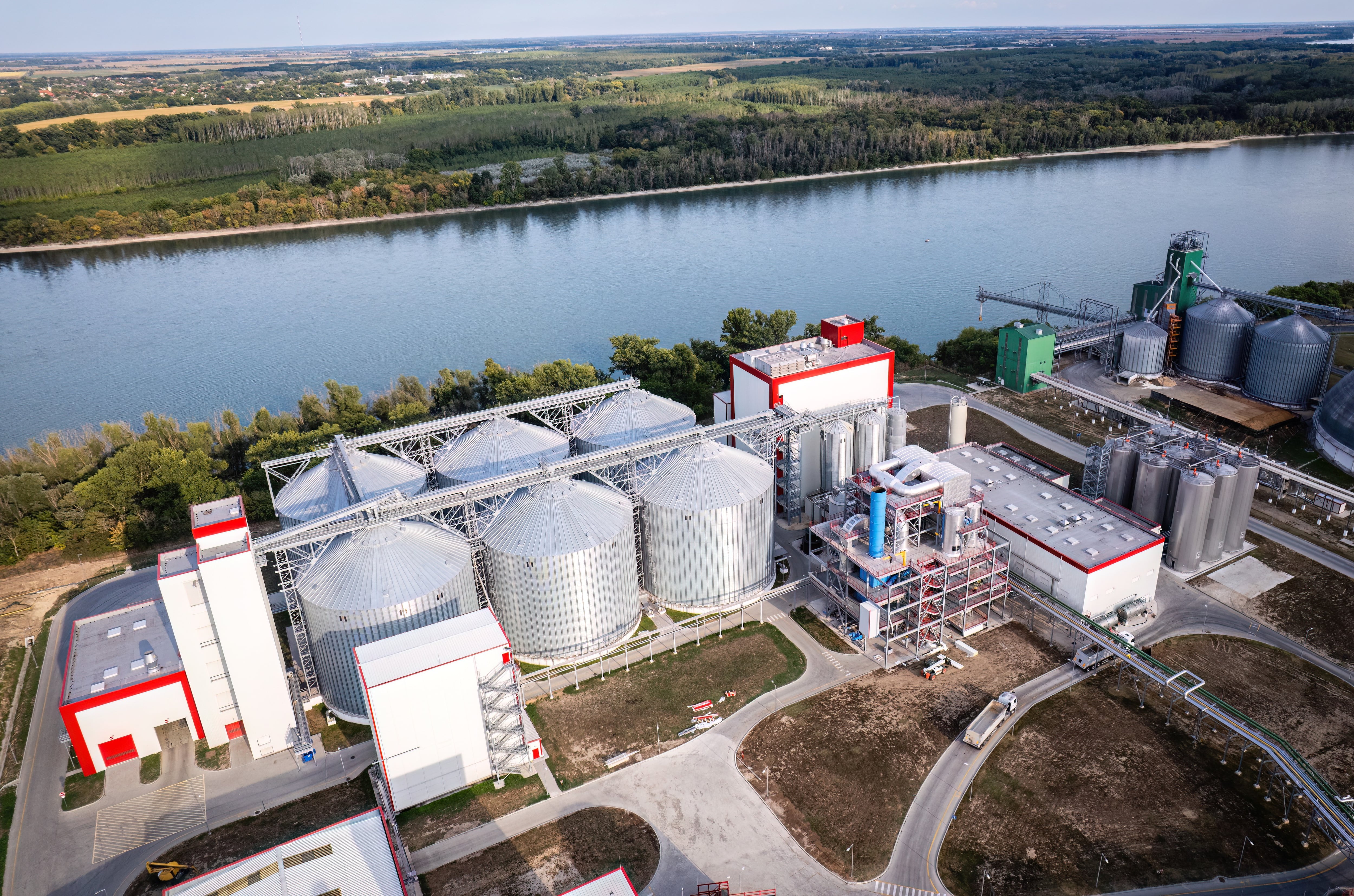
ClonBio Foods, an Irish-owned company focused on next-generation alternative proteins and fibers, has leveraged this process to create PurusPro® Barley Protein. Transforming barley into a versatile protein-fiber ingredient, PurusPro addresses three key industry challenges: cost, taste, and sustainability.
Following the grain-to-grain initiative, adding a grain-based protein to bread, pasta, and cereal formulations doesn’t just make technical sense, it makes intuitive sense to consumers who are familiar with barley. Its reputation as a wholegrain, natural ingredient allows PurusPro to align with consumers’ sustainability requirements.
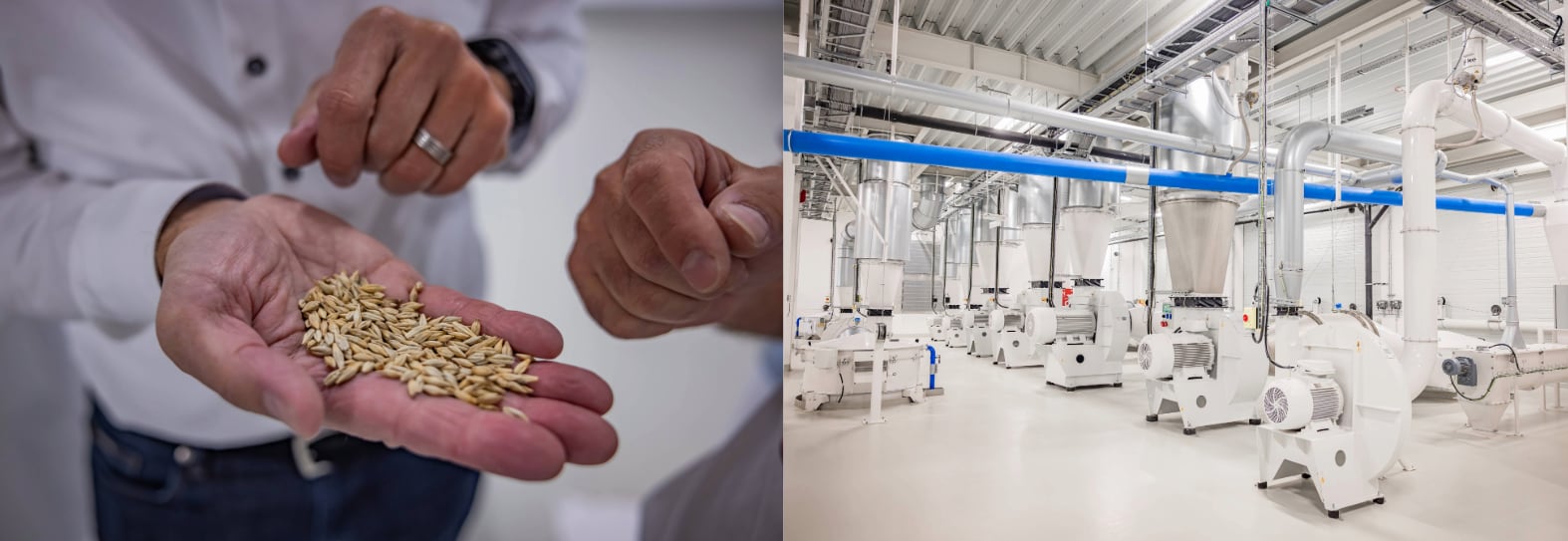
Nutritionally, PurusPro is highly concentrated, with over 60% protein and up to 20% fiber, delivering functional benefits for bakery, cereals, and snack applications. Compared to other protein sources, it has mild, a light brown color, and mild cereal notes, allowing seamless integration of PurusPro into a variety of formulations without overpowering flavors.
With its combination of nutrition, functional performance, and sustainability, PurusPro enables manufacturers to develop delicious, wholesome, and market-ready breads and snacks that meet evolving consumer and industry demands.
Case study #1: Applications in bread
Consumer demand for high-protein, high-fiber breads continues to grow, with preference for products that are wholesome, nutritious, and naturally flavorful.³ PurusPro offers a practical solution, enabling manufacturers to meet these expectations.
In baking trials, the inclusion of 15% PurusPro in bread formulations significantly increased protein content from 8% to 12%, providing approximately 9 g of protein per 70 g serving. PurusPro delivers a pleasant toasted cereal flavour and a naturally light-brown crumb, meeting consumer expectations for wholesome, wholegrain breads.
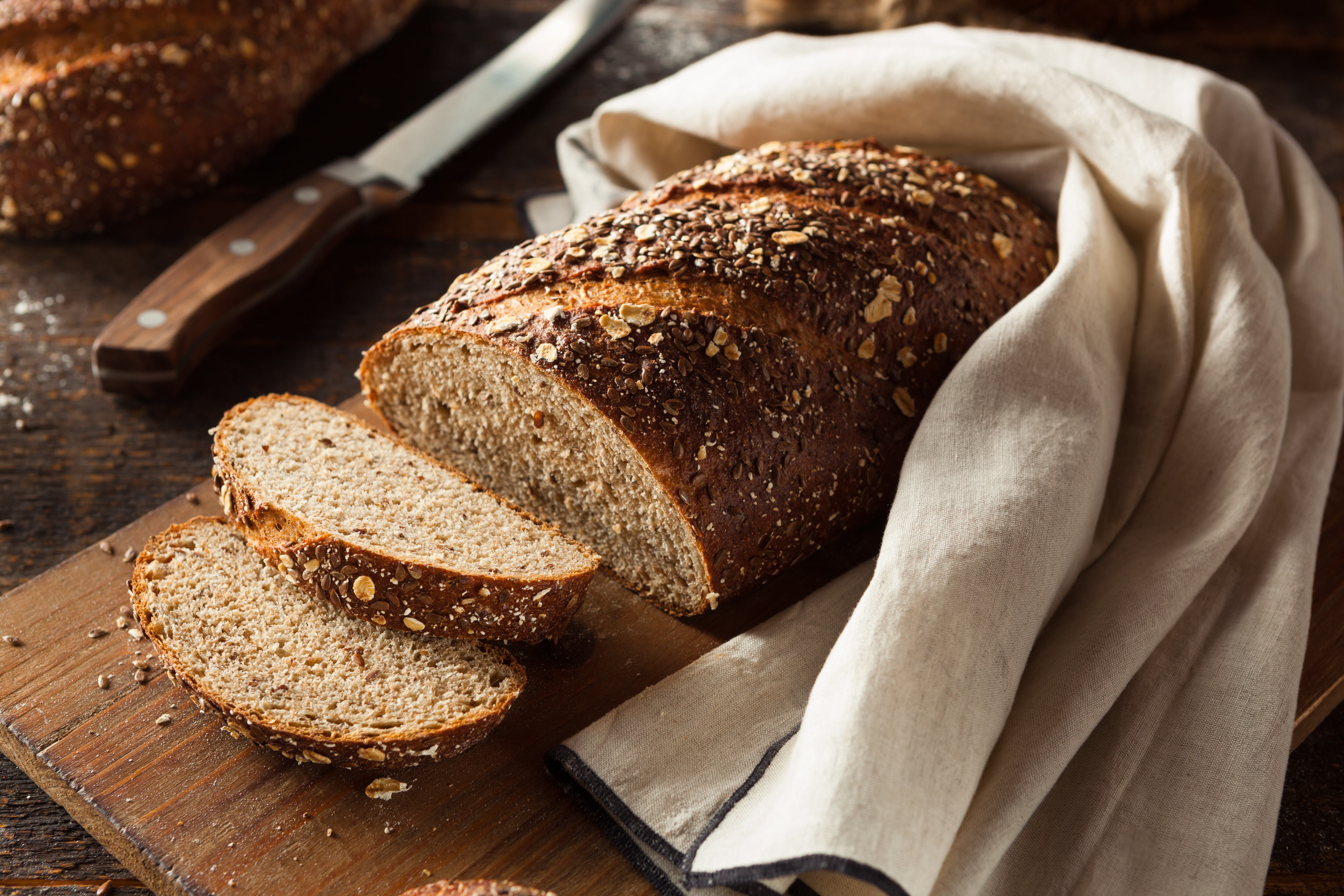
Breads produced with PurusPro delivered a desirable structure and resilience, thanks to the balanced gluten network and optimized formulation with clean-label improvers. The resulting crumb structure was slightly coarser than white bread but in line with market expectations for brown or wholegrain loaves. Importantly, the addition of PurusPro did not significantly affect baking loss, ensuring predictable yield and protein content for commercial production.
These trials demonstrate that PurusPro allows manufacturers to create breads that are nutritionally enriched, flavorful, visually appealing, and process-friendly, supporting both health-focused positioning and clean-label claims. The product provides a versatile, grain-based solution that balances taste, texture, and technical performance in modern bakery applications.
Case study #2: Applications in crackers
As consumers increasingly seek high-protein, high-fiber snacks that do not compromise on taste or texture, PurusPro has proven to be a versatile ingredient in cracker formulations. In trials, PurusPro replaced 20% of the wheat flour across three variants: dairy and egg, egg-only, and fully vegan.
During preparation, doughs combined wheat flour, PurusPro, sunflower oil, and water or milk, with eggs included where applicable. All doughs exhibited excellent cohesion, allowing consistent shaping and rolling, and maintained integrity suitable for industrial-scale production.
The resulting crackers all displayed a uniform light-brown color, but each variant developed a distinct texture: the dairy/egg version was crisp with a delicate crunch, the egg-only formulation produced a slightly firmer and more rustic bite, and the vegan variant baked into a very crispy, dry texture. Across all three, the mild toasted cereal notes of PurusPro enhanced flavor without introducing bitterness or off-flavors.
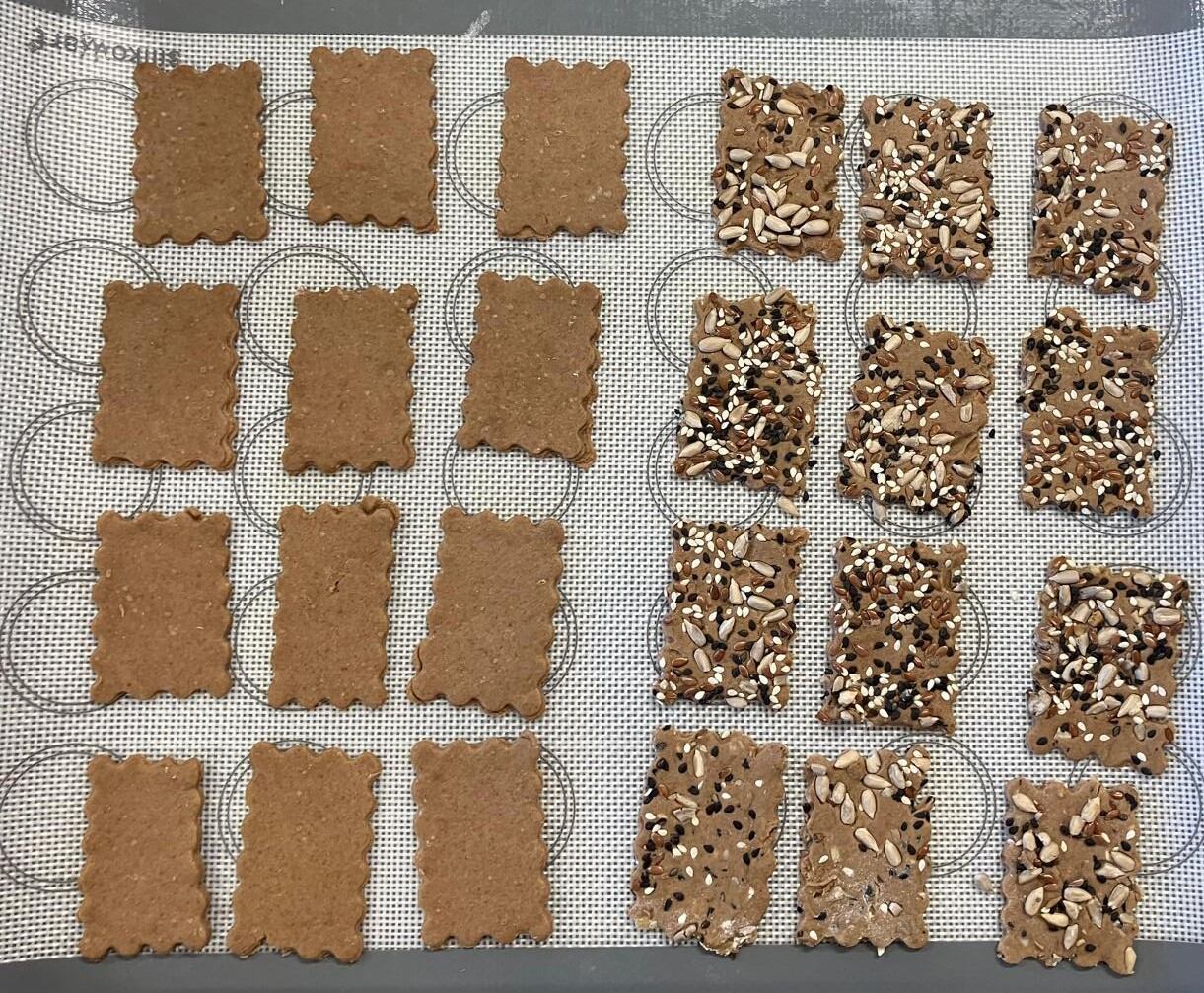
Nutritionally, PurusPro substantially increased protein content to 16.6-19 g per 100 g, qualifying the crackers as ‘high in protein’, while dietary fiber reached 4.5 g per 100 g, meeting ‘source of fiber’ claims. These improvements were achieved without compromising taste, texture, or appearance, demonstrating PurusPro’s ability to deliver both functional and sensory benefits.
These trials highlight PurusPro’s adaptability in clean-label, nutritionally enhanced snacks. Its mild flavor, functional performance in dough handling and baking, and the ability to create distinct textures across formulations make it an ideal solution for manufacturers aiming to meet evolving consumer expectations for healthier, high-quality crackers.
Case study #3: Applications in extruded snacks and breakfast cereals
The extruded cereal market is experiencing strong growth, driven by consumer demand for convenient and nutritious snacks.⁴ Proven successful in a range of extruded applications, PurusPro enables the development of healthier breakfast cereals, and snacks which are high in protein and fiber, with reduced carbohydrate content.
PurusPro has been included at levels of up to 40% in extrusion recipes, in combination with corn flour for snack products and with barley flour for breakfast cereals. The resulting blends presented suitable flow properties during mixing and extrusion processes. Moreover, the specific mechanical energy required for extrusion was not significantly affected by the incorporation of PurusPro.
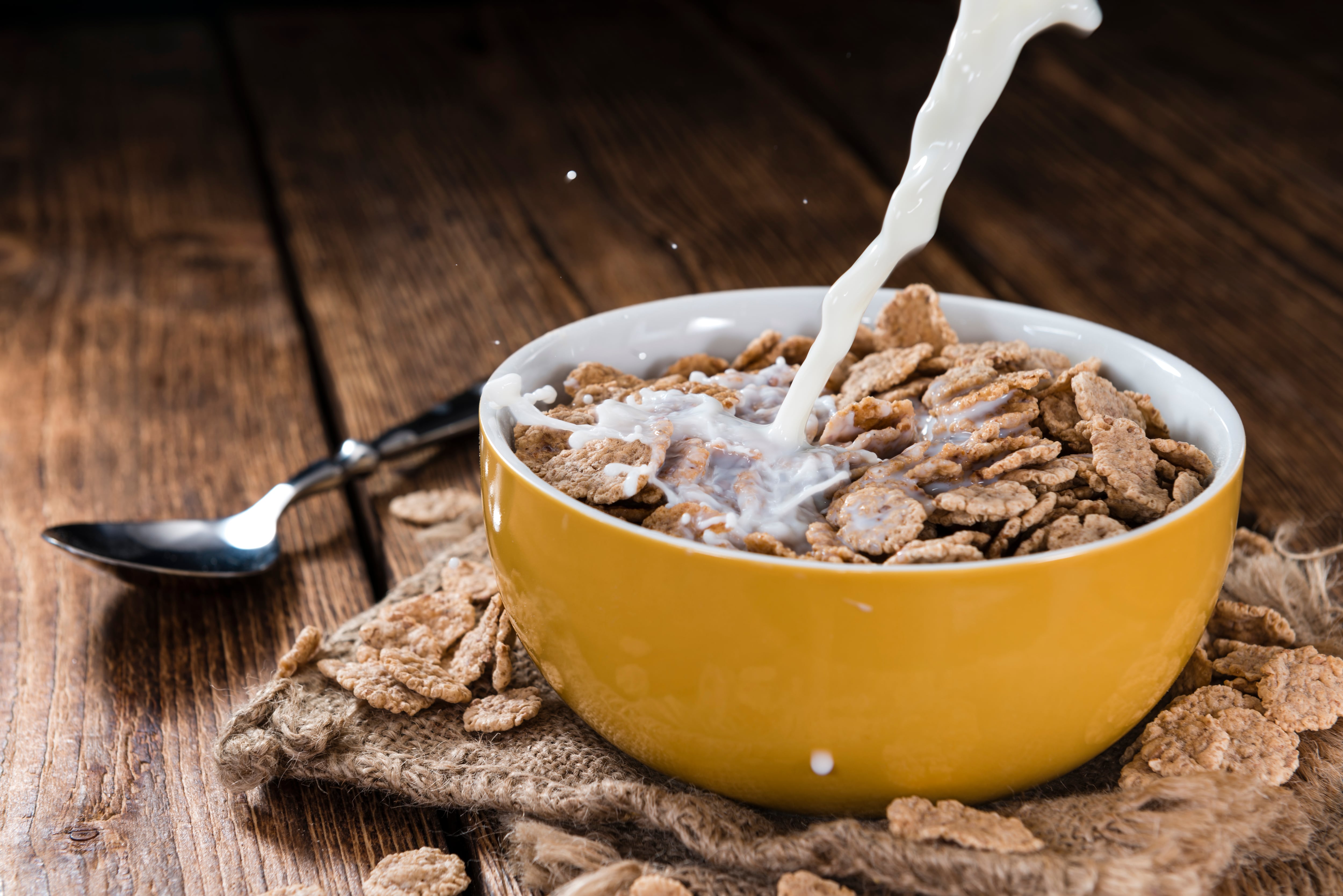
Texture analysis indicated that their hardness and crispiness are comparable to those of commercial references. Breakfast cereals formulated with PurusPro obtained higher consumer preference scores for overall liking and texture after soaking in milk, compared to existing market products.
Creating sustainable, nutritious products
As consumer attitudes towards bakery, cereals and snacks evolve, adapting to meet sustainability requirements without sacrificing crucial factors such as taste, nutrition, and cost is essential.
With the potential to address multiple challenges, innovative solutions like PurusPro can help to propel the industry forward.
To find out more, visit ClonBio Foods to explore how barley can elevate global standards for ecological wellbeing and nutritional enrichment.
References
- The Insight Partners. Extruded Cereals Market Trends, Growth and Size – 2031.
- FMCG Gurus. 2025 Trends.
- Baixauli, R.; et al. How information about fibre (traditional and resistant starch) influences consumer acceptance of muffins. Food Quality and Preference. 2008; 19(7).
- British Baker. Top tips to help bakers capitalise on the fibre trend.

